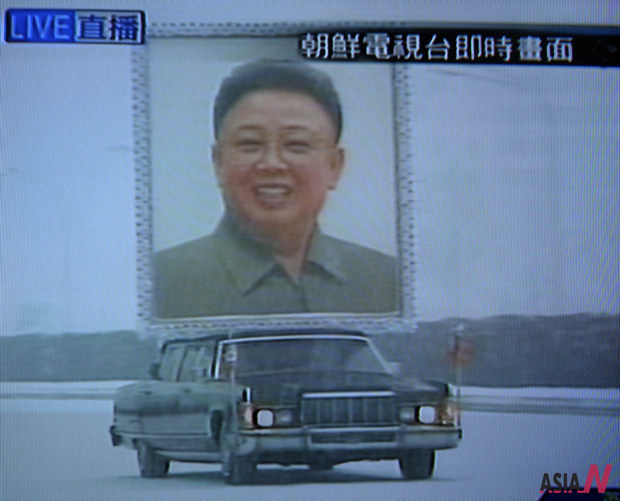Soft Power is Telling on the Generation Y
North Koreans are in deep mourning, bereaved of their father figure Kim Jong Il. They have grown up knowing only one leader, first Kim Il Sung, the founder of the political dynasty,and then his son Kim Jong Il, who died last week.
The leadership mantle has been handed down to Kim Jong Un the new focus around which the people’s lives will now revolve. By design, continuity rather than change is the order of the day.
In 1994 Kim Jong Il inherited power from his father and continue to keep the totalitarian system intact. The precedent does not inspire confidence of reform any time soon. However, the young and Swiss-educated Kim Jong Un, 29, faces new and different challenges that may call for a novel approach.
For one, Kim Jong Il’s passing came at a time of momentous shifts in regional political systems. The popular uprisings in Tunisa, Egypt and Libya and the toppling of dictatorial regimes have rewritten the political rules of the game in the Middle East.
Kings and sheikhs were shaken in their seats as the Arab Spring gathers momentum and threatens to engulf even the mighty Assad dynasty in Syria, now fighting for its survival.
In South-east Asia, the generals in civvies in Burma have found it politically expedient to soften their hardline rule and begin to concede political freedoms. Democracy icon Aung San Suu Kyi and her political party have been allowed to contest elections.
Burma’s about-face from years of repression is of special relevance to North Korea. The once-isolationist state had under General Ne Win in 1960s-1980s, experimented with the Burmese Way to Socialism, a home-brewed development ideology that did not live up to expectations.
Of course, North Korea is not Burma. Pyongyang’s tight control of the mass media has insulated the populace from exposure to ideas and values outside the state ideology of juche (self-reliant).
Internet is used to glorify the communist state and its leaders. Mobile phones are already in use, if not commonplace in the country. New media technology may be a catalyst for change as seen in the Arab revolution.
It was the image of vendor Mohamed Boazizi’s fiery protest against state oppression that triggered the Tunisian uprising. To sure, his death tapped into the popular discontent with unemployment and corruption in high places.
Yet the rallying cry to take to the streets to demand change came about through the universal reach and impact of the Internet.
It is more than fortuitous that a new generation of young netizens has arisen in the Arab world to bypass the state control of the mainstream media.
Kim Jong Un belongs to the Generation Y over whom he will now preside. In the cyberspace age their personal needs and interests would be different from those of the older generation. The challenge is for the new Great Successor to strike a fine balance between the generations..
Like Burma, North Korea faces outside pressure, especially from United States, if more intensely over the nuclear issue. This has led the communist state to put iself on a perpetual war footing to deal with US. Pyongyang’s stoic leaders have shown they will not yield to threats.
Might of arms may not do in trying to pry open a closed society. In our borderless virtual world, however, the soft pervasive power of new and superior ideas may just do the trick.
Here is where journalists, especially those from Asian countries, come to the fore. Over the years, South Korean journalists had met their Northern counterparts and exchanged views on ways to promote peace and reconciliation in the Korean Peninsula.
Journalists from other Asian countries can participate to enlarge the scope of engagement and bring about wider contact and more openness. Our efforts can contribute to reshaping the outside image of North Korea as a xenophobic and isolationist state.
Days before the death of Kim Jong Il, a small group of journalism students from Singapore visited Pyongyang and Kaesong. They were free to take pictures of some sights but forbidden to do so of others. Were they seeing the last fading images of a Kim designer society?




























































http://complianceandsafety.com/blog/generation-y-infographic-the-generation-gap-in-your-office/